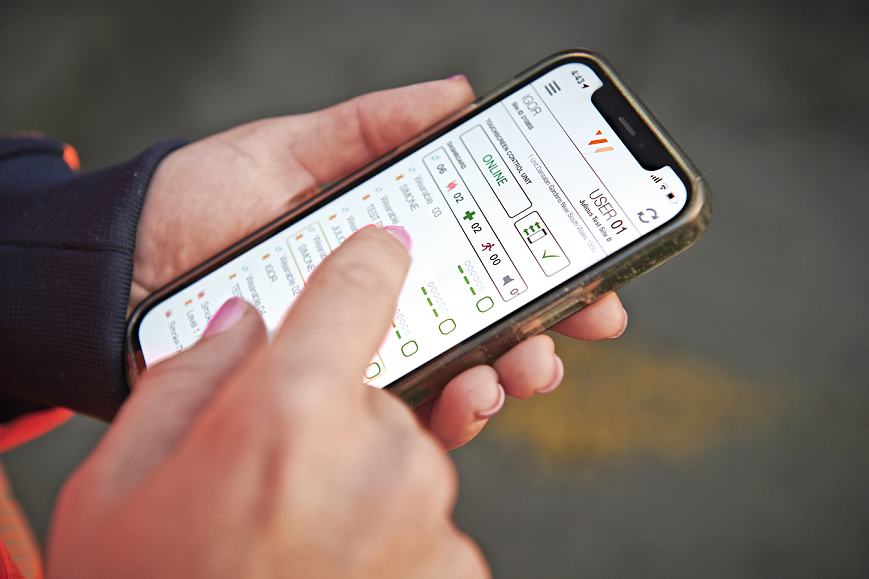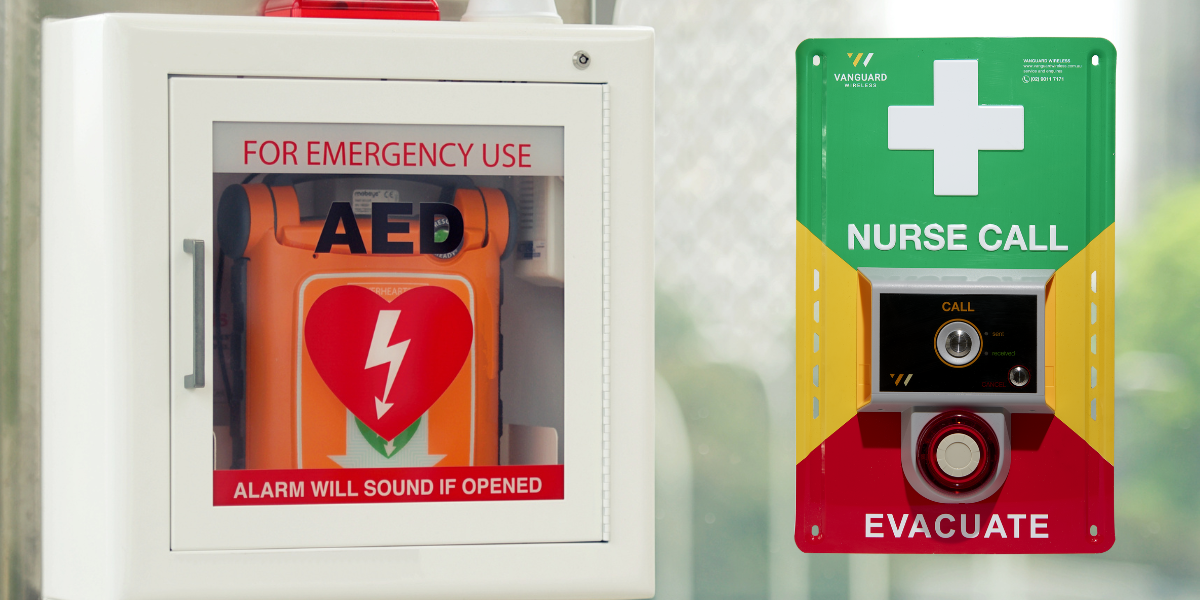Has your workplace made the smart decision to invest in a comprehensive range of safety equipment, including evacuation triggers, evacuation sirens, nurse call triggers, fire extinguishers, fire blankets, first aid kits, and even a defibrillator? While these tools are essential for ensuring workplace safety, it's important to remember that they require regular maintenance to function optimally.
Emergency Alert & Response Planning
In Australia, persons conducting a business must prepare and maintain general emergency plans for fixed workplaces under regulation 43 of the Work Health and Safety (WHS) Regulations. There can also be additional requirements for workplaces where workers are exposed to higher risk such as construction, mining, or transport.
An emergency plan is a written set of instructions that outlines what workers and others at the workplace should do in an emergency. They do not necessarily have to be lengthy or complex (and it could be argued that the more complicated the plan, the harder it is to remember and enact). The plan should be easy to understand and tailored to the specific workplace where they apply.
However, it's extremely important to review the plan regularly as safety personnel change (fire wardens, first aid staff), equipment used by the business can update (bringing with it new processes or instructions), or legislation can be introduced that impacts business response. Analysis of an emergency event may also contribute to changes in the plan, which staff then need to be inducted on.
If you need help drafting a plan, we have a great guide to help you get started.
Emergency Alert Equipment
Evacuation triggers and evacuation sirens, and nurse call triggers, rely on some sort of power supply to operate. If they are mains powered, then it's easier to monitor whether power is being delivered to the device. If they are battery powered, you need to understand what battery life you can expect from a device, and check that the batteries are charged either by reviewing power indicators or listening for audio cues that the batteries require changing. If the devices are not receiving power, they will not work during an emergency event. Vanguard Wireless' evacuation and nurse call hardware range omit audio indicators when batteries need changing. If users have them connected to the control panel or smartphone app as part of the system, their power status can be reviewed in real time.
With evacuation triggers, evacuation sirens, and nurse call triggers, it's also important to monitor how they are connected to the rest of the system. In some installations, the devices are hard wired into the building, for example using an ethernet cable, requiring minimal monitoring. Other installations use wireless technology to connect such as radio frequency, Bluetooth, WiFi, or cellular signal. These installations require regular monitoring to ensure the devices are connected to the rest of the system. Vanguard Wireless' evacuation and nurse call hardware range use internal radio frequency or cellular chips to establish a connection to the rest of the network. These can be impacted by obstructions, changes in range, or other signal interference. System managers can review their status in real time from the control panel or optional smartphone app and web-based user portal. They can also set up SMS alerts should a device disconnect from the system as an added precaution.
Most aerosol air horns are single-use and disposable, designed to create an extremely loud noise for signalling purposes. They're not the best method for alerting workers on site to an emergency for many reasons but they can be ideal for marine crafts, trucks, cars, or vacation sites. Most will last several years before they need replacing. Pay close attention to the expiration date printed on cans and replace them when they reach their expiration date for optimal performance.
Some businesses can use emergency smartphone apps to trigger an evacuation or medical alert, or receive an alert when an event is occurring. Generally apps will push out software updates but it's important to make sure if you're using an app that you're logged in, that it's working, that your settings are up to date (for example location services for GPS tracking), and your users and emergency response team profiles are correct. Vanguard Wireless' smartphone app allows for 50 workers on site (as part of the main subscription) and businesses can customise what access and permissions these users have. It's important that system admin managers review this list regularly to make sure all important personnel have access to it - and are trained on how to use it in evacuation, lockdown, or medical emergency event.
Emergency Response
Regulations vary by state and country regarding workplace fire extinguishers. For example, every organisation in NSW, from a small coffee shop to a multiple franchise corporation, is bound by certain Acts and Regulations and standards regarding fire extinguishers. Fire extinguishers can help to manage or minimise a fire emergency and prevent it from becoming a disaster.
Regulations regarding testing can vary too. Standards Australia suggests that all fire extinguishers must be inspected every six months. If an extinguisher does not have a pressure gauge, it may need to be weighed to check if it is still full. Other fire extinguisher servicing requirements may be needed such as having them emptied, pressure tested, and refilled every 3 to 5 years.
Defibrillators are becoming more commonplace at workplaces because of the impact they have during a cardiac arrest. It's important that defibrillators are regularly monitored and maintained to ensure they're ready to use when needed. The status ready indicator should show the unit is ready, the battery must be working and not expired, the unit needs to be free of cracks, foreign substances, or other signs of
damage, and the pads must be sealed, unused, and not expired.
With first aid kits and PPE - used with defibrillators on on their own - materials must be sealed and unused within expiration, including face shields, scissors, gloves, razors, and alcohol wipes. There should be ample bandages, slings, and compression equipment in new condition.
Lastly security doors and gates should be regularly tested, as well as multiple escape routes. Ensure there are no obstructions that prevent a safe, fast exit and that doors are not unnecessarily locked and cannot be unlocked in an emergency. Vanguard Wireless evacuation systems integrate with on site security gates and turnstiles so - in an evacuation event - they automatically unlock to allow for a fast site evacuation.
Regular Testing
With every emergency process it's important to test regularly. Ensure equipment works, ensure processes work (or else refine them), and ensure workers understand what action is required of them and when. It doesn't matter how safe your workplace is. An emergency can occur at any time and you need to be prepared to respond quickly in a coordinated fashion to ensure the best outcome for all.


